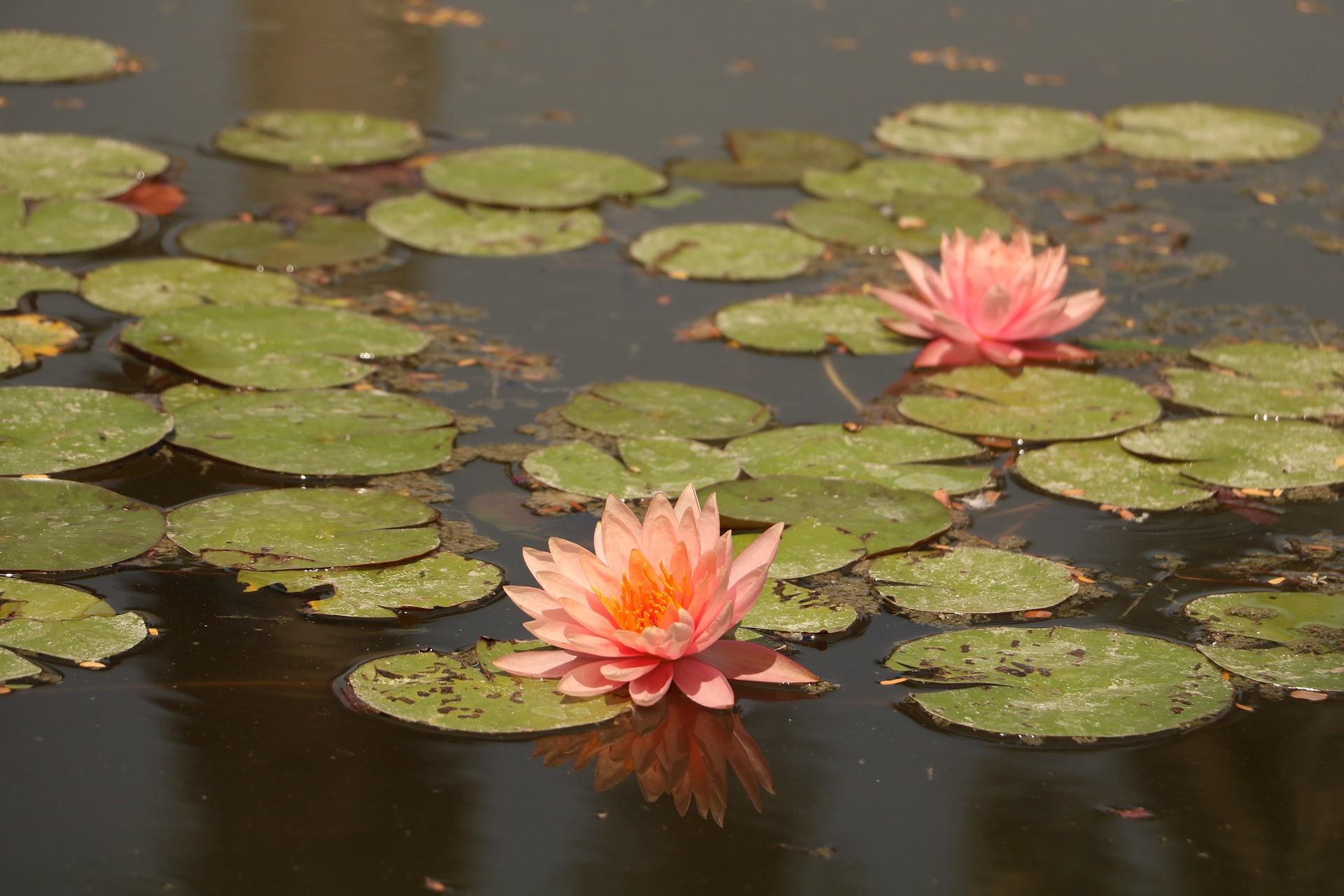Scientists Find The World's Largest Waterlily After 177 Years Of Misidentification
In its 177-year-long existence, scientists find the world's largest waterlily. Even though the huge plant was in the records of the Royal Botanic Gardens, Kew, and grew in many water collections, it was wrongly thought to be a different species. A thorough scientific analysis has confirmed that this is a discovery. Aside from being the tallest water lily, its leaves may span more than 3 meters (10 feet), making it the biggest in the world.
Author:Suleman ShahReviewer:Han JuOct 30, 2022215.8K Shares2.8M Views

In its 177-year-long existence, scientists find the world's largest waterlily. Even though the huge plant was in the records of the Royal Botanic Gardens, Kew, and grew in many water collections, it was wrongly thought to be a different species.
A thorough scientific analysis has confirmed that this is a discovery. Aside from being the tallest water lily, its leaves may span more than 3 meters (10 feet), making it the biggest in the world. Victoria bolivianais the scientific name for the plant. It was given to reflect the fact that it is found only in a particular Bolivian drainage basin along the Amazon River.
In a study that came out Monday online in the journal Frontiers in Plant Science, scientists from London's Royal Botanic Gardens at Kew found a species of aquatic plant that had never been seen before.
What Is Innovation In New Research?
The genus Victoria, named after Queen Victoria, was established in 1852 to house the giant waterlilies that had been imported to the United Kingdom from Bolivia. At first, researchers assumed that the two types of large lily pads, the Victoria amazonica and the Victoria cruziana, were the only ones that existed.
Now it can be shown that specimens from at least one other species made the trip from South America to Kew in west London.
Once this confusion is cleared up, specialists will be better able to record waterlily varieties for conservation and sustainable use. Identifying new species, according to Alex Monro, chief of research in the Americas, is a critical task.
In recognition of the study team's Bolivian collaborators and of one of the South American habitats of the gigantic waterlily, the newest member of the lily pad family has been given the name Victoria boliviana.
The team's leader and waterlily specialist, horticulturist Carlos Magdalena, had a hunch for a long time that a third species existed. In 2016, he got a bunch of huge waterlily seeds from Santa Cruz de La Sierra Botanical Garden and La Rinconada Gardens in Bolivia. This gave him a chance to see if his ideas were true.
Back at Kew, Magdalena planted the seeds and watched the waterlily develop alongside the other two Victoria species. At that moment, he realized he had discovered something very special. The botanical artist Lucy Smith, who is an expert on lily pads, was hired to make pictures of Magdalena's many kinds of lily pads.
Smith told NBCNewsthat as she drew the huge lilies, she realized the distinctive characteristics of the V. boliviana, whose leaves are so big they can be seen via satellite photography. These lilies can grow to be as large as a soccer ball, may shift colors, and only bloom at night.

Scientists discover #new #giant water lily species #science #watch #news #breakingnews
What Researchers Say?
Since water lily blossoms only open up at night, this study also required trips inside the glasshouse after hours. As an artist, she was able to emphasize the contrasts that I observed" since she had access to the blooms and had also studied the leaves.
“„In fact, while I was sketching, the distinctions became clearer to me, and I discovered more methods to make them. Perhaps I'm prejudiced, but among the three species, I believe [the new species] has one of the most gorgeous blooms.- Lucy Smith, botanical illustrator of the study
The current finding, however, demonstrates that water lilies continue to surprise researchers and that there is, indeed, plenty more to learn about them.
“„None of the three species have been really thoroughly examined.- Dr. Alex Monro of RBG Kew
How many distinct populations there are, and how their sizes range, remains an open question. The biology of pollination is still largely a mystery to us. We know very little regarding the transmission of the species from one location to another.
There are, therefore, many things we don't know. And I believe that since they are so massive, so evident, no one has really given them any attention.
Final Thought
Carrying the equivalent of a mature man's body weight, the plant may be difficult to miss. It took the scientists to find the world's largest waterlily, which had never been named before, had been in Kew's herbarium the whole time.

Suleman Shah
Author
Suleman Shah is a researcher and freelance writer. As a researcher, he has worked with MNS University of Agriculture, Multan (Pakistan) and Texas A & M University (USA). He regularly writes science articles and blogs for science news website immersse.com and open access publishers OA Publishing London and Scientific Times. He loves to keep himself updated on scientific developments and convert these developments into everyday language to update the readers about the developments in the scientific era. His primary research focus is Plant sciences, and he contributed to this field by publishing his research in scientific journals and presenting his work at many Conferences.
Shah graduated from the University of Agriculture Faisalabad (Pakistan) and started his professional carrier with Jaffer Agro Services and later with the Agriculture Department of the Government of Pakistan. His research interest compelled and attracted him to proceed with his carrier in Plant sciences research. So, he started his Ph.D. in Soil Science at MNS University of Agriculture Multan (Pakistan). Later, he started working as a visiting scholar with Texas A&M University (USA).
Shah’s experience with big Open Excess publishers like Springers, Frontiers, MDPI, etc., testified to his belief in Open Access as a barrier-removing mechanism between researchers and the readers of their research. Shah believes that Open Access is revolutionizing the publication process and benefitting research in all fields.

Han Ju
Reviewer
Hello! I'm Han Ju, the heart behind World Wide Journals. My life is a unique tapestry woven from the threads of news, spirituality, and science, enriched by melodies from my guitar. Raised amidst tales of the ancient and the arcane, I developed a keen eye for the stories that truly matter. Through my work, I seek to bridge the seen with the unseen, marrying the rigor of science with the depth of spirituality.
Each article at World Wide Journals is a piece of this ongoing quest, blending analysis with personal reflection. Whether exploring quantum frontiers or strumming chords under the stars, my aim is to inspire and provoke thought, inviting you into a world where every discovery is a note in the grand symphony of existence.
Welcome aboard this journey of insight and exploration, where curiosity leads and music guides.
Latest Articles
Popular Articles